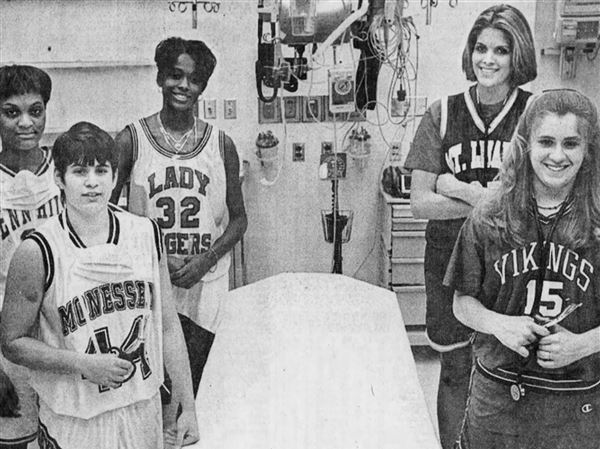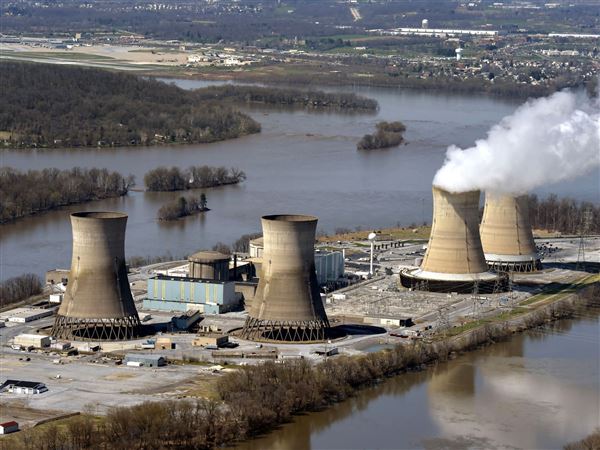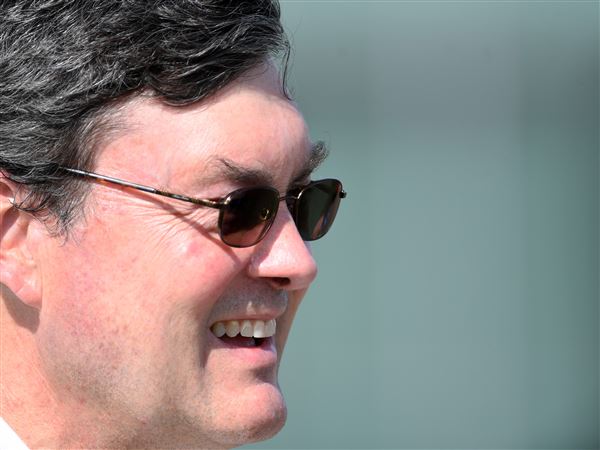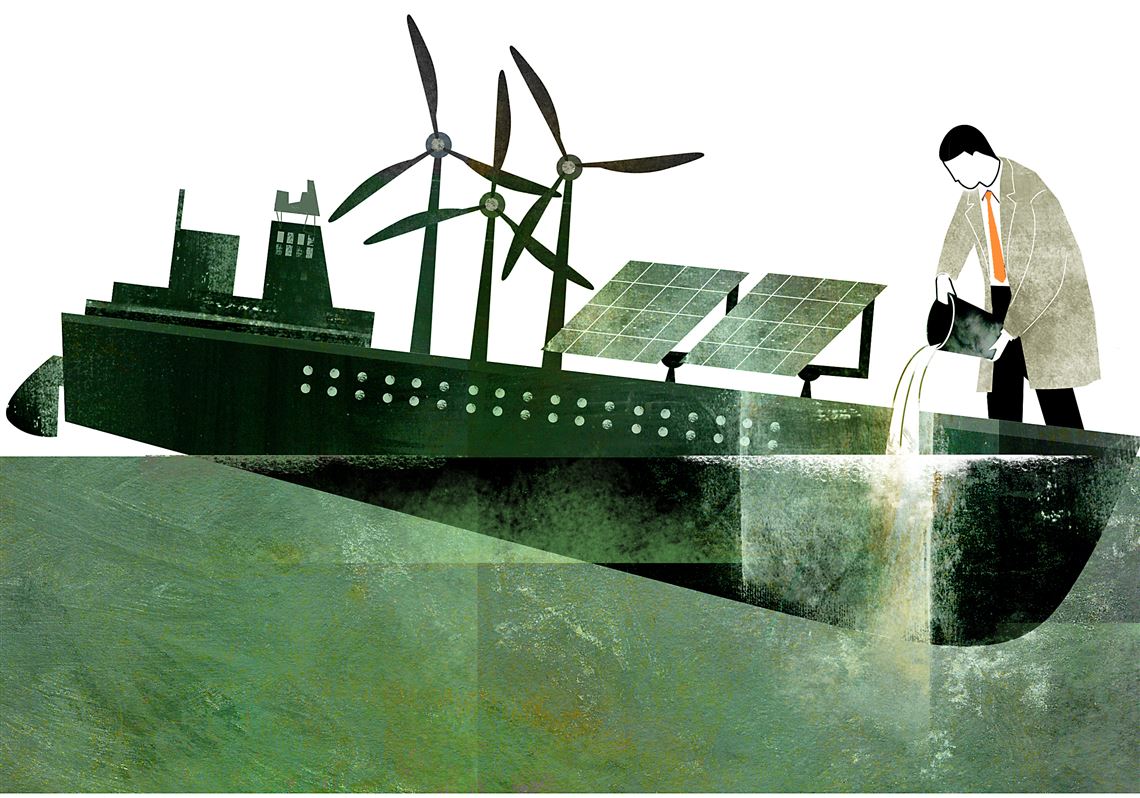The idea that the U.S. economy can be run solely with renewable energy — a claim that leftist politicians, environmentalists and climate activists have endlessly promoted — has always been a fool’s errand. And a couple of weeks ago, the National Academy of Sciences published a blockbuster paper by all-star scientists that says exactly that.
The paper, by Chris Clack, formerly with the National Oceanic and Atmospheric Administration and the University of Colorado Boulder, and 20 other top scientists, appeared in the Proceedings of the National Academy of Sciences. It decimates the work of Mark Jacobson, the Stanford engineering professor whose wildly exaggerated claims about the economic and technical viability of a 100 percent renewable-energy system has made him a celebrity (he appeared on David Letterman’s show in 2013) and the hero of Sierra clubbers, Bernie Sanders and Hollywood movie stars.
Mr. Jacobson became the darling of the green left even though his work was based on Enron accounting, alternative facts and technology hopium. Nevertheless, his claims were politically popular, and his academic papers routinely sailed through peer review.
In 2015, Mr. Jacobson co-wrote a paper with Mark Delucchi, an engineer at the University of California, Berkeley, that appeared in the academy’s Proceedings that claimed to offer “a low-cost solution to the grid reliability problem” with 100 percent renewables. The paper went on to win the Cozzarelli Prize, an annual award handed out by the academy.
The fact that the academy would bestow such a prestigious award on such weak scholarship was an embarrassment. In their scathing takedown of Mr. Jacobson, Mr. Clack and his co-authors — who include Carnegie Mellon University professor and former EPA Science Advisory Board chair Granger Morgan, Ken Caldeira of the Carnegie Institution for Science and Jane Long of Lawrence Livermore National Laboratory — concluded that Mr. Jacobson’s 2015 paper contained “numerous shortcomings and errors.” The paper used “invalid modeling tools, contained modeling errors and made implausible and inadequately supported assumptions.” Those errors “render it unreliable as a guide about the likely cost, technical reliability or feasibility of a 100 percent wind, solar, and hydroelectric power system.”
Among the biggest errors is that Messrs. Jacobson and Delucchi overstated by roughly a factor of 10 the ability of the United States to increase its hydropower output. Furthermore, the paper ignores two key issues: electricity storage and land use.
Mr. Jacobson claimed that the United States can store energy underground or store it in the form of hydrogen. Mr. Clack and his co-authors wrote that “there are no electric storage systems available today that can affordably and dependably store the vast amounts of energy needed over weeks to reliably satisfy demand using expanded wind and solar power generation alone.”
But the most obvious flaw in Mr. Jacobson’s scheme involves his years-long refusal to admit the massive amount of land his proposal would require; his myriad acolytes have repeated his nonsensical claims.
For instance, last year, Bill McKibben, the founder of 350.org and one of America’s highest-profile climate activists, wrote a 2016 cover story for The New Republic in which he lauded Mr. Jacobson’s work and repeated Mr. Jacobson’s erroneous claim that his all-renewable program would need only “about four-tenths of 1 percent of America’s landmass.”
Mr. Clack et al. correct the record by pointing out that Mr. Jacobson’s scheme would require “roughly 6 percent of the continental United States and more than 1,500 square meters of land for wind turbines for each American.” In other words, Mr. Clack found that Mr. Jacobson understated the amount of land needed for his all-renewable utopia by a factor of 15.
But even that understates the amount of territory needed. Mr. Jacobson’s plan requires nearly 2.5 trillion watts of wind-energy capacity, with the majority onshore. The Department of Energy has repeatedly stated that the capacity of wind energy is 3 watts per square meter. The calculation — 2.5 trillion watts divided by 3 watts per square meter — equals a territory nearly twice the size of California.
The idea of using two California-size pieces of territory — and covering them with hundreds of thousands of wind turbines — is absurd. And yet, Mr. Jacobson’s 100 percent renewable scenario has become energy gospel among left-leaning politicians.
For instance, in January, New York Gov. Andrew Cuomo declared that his state aims to “reach 100 percent renewable because that’s what a sustainable New York is really all about.” In February, more than a quarter of the state legislators in Massachusetts signed on to a bill that would require the Bay State to get 100 percent of its energy from renewable sources by 2050. The goal is to “ultimately eliminate our use of fossil fuels and other polluting and dangerous forms of energy.”
In April, U.S. Sens. Jeff Merkley (D., Ore.), Bernie Sanders (I., Vt.), Edward J. Markey (D., Mass.), and Cory Booker (D., N.J.) introduced the 100 by ’50 Act, which calls on the United States to be completely free of fossil fuels by 2050. The bill is a laundry list of terrible ideas, including a “carbon duty” on foreign-made goods produced by energy-intensive industries.
As is standard with all-renewable promoters, the bill doesn’t contain a single mention of the word “nuclear,” even though some of the world’s highest-profile climate scientists, including James Hansen, the former lead scientist at NASA, have said nuclear must be included in any effort to reduce greenhouse-gas emissions. The 100 by ’50 legislation was, of course, endorsed by a who’s who of all-renewable cultists, including actor Mark Ruffalo; Michael Brune, executive director of the Sierra Club; and May Boeve, executive director of 350.org.
Mr. Jacobson’s response to the Clack paper (and to the ensuing Twitter storm) would have made Captain Queeg proud. He has claimed, among other things, that his paper contains no errors, that Mr. Clack and the other authors are simply shilling for the nuclear and hydrocarbon sectors and that the Department of Energy’s capacity data on wind energy (3 watts per square meter) is wrong and that the figure should be 9 watts.
The late David J.C. MacKay, a physics professor at the University of Cambridge, would have been horrified. In 2008, Mr. MacKay published “Sustainable Energy — Without the Hot Air,” one of the first academic books to look at the land-use impacts of renewables. Mr. MacKay, who recognized that nuclear must be part of any effort to reduce carbon dioxide emissions, also calculated that wind energy needs about 700 times more land to produce the same amount of energy as a fracking site.
Three years ago, shortly before his death at 46 from cancer, Mr. MacKay talked with British author and writer Mark Lynas about his work and called the idea of relying solely on renewables an “appalling delusion.”
The punch line is clear: The Clack paper proves that it’s well past time for the green left and its political allies to quit claiming that we don’t need hydrocarbons or nuclear energy. Alas, it appears they prefer appalling delusions about renewables to real science and simple math.
Robert Bryce is a senior fellow at the Manhattan Institute and the author of five books on energy.
First Published: July 2, 2017, 4:00 a.m.















